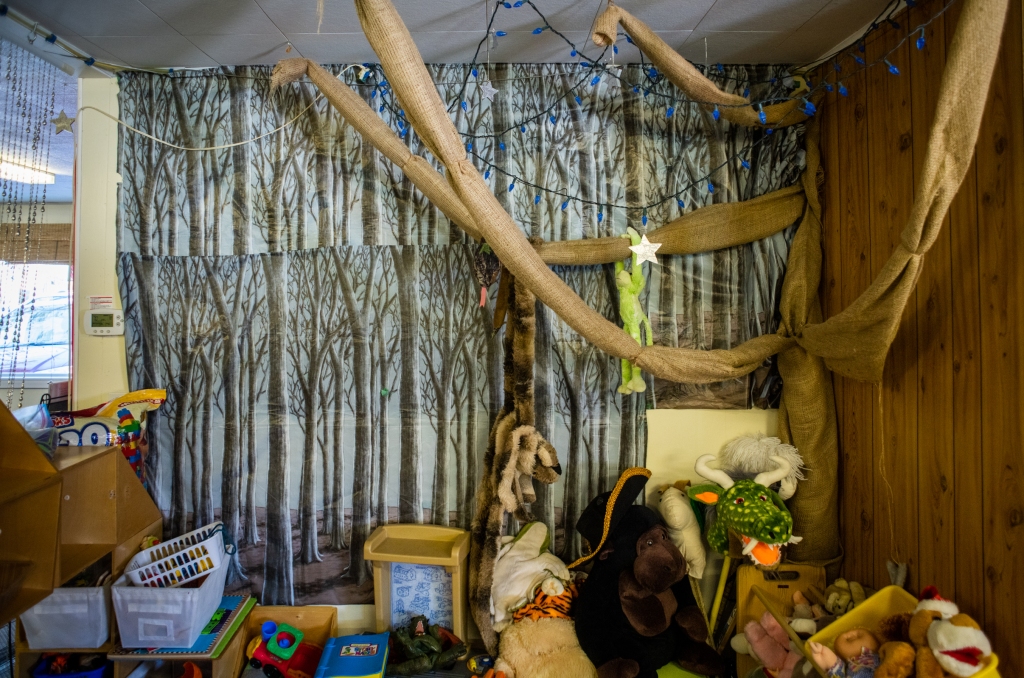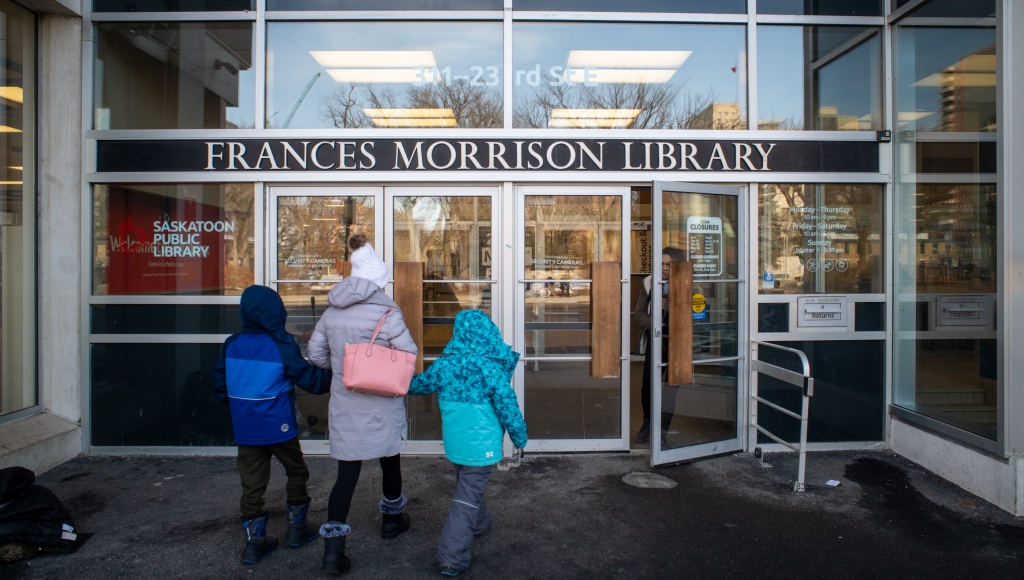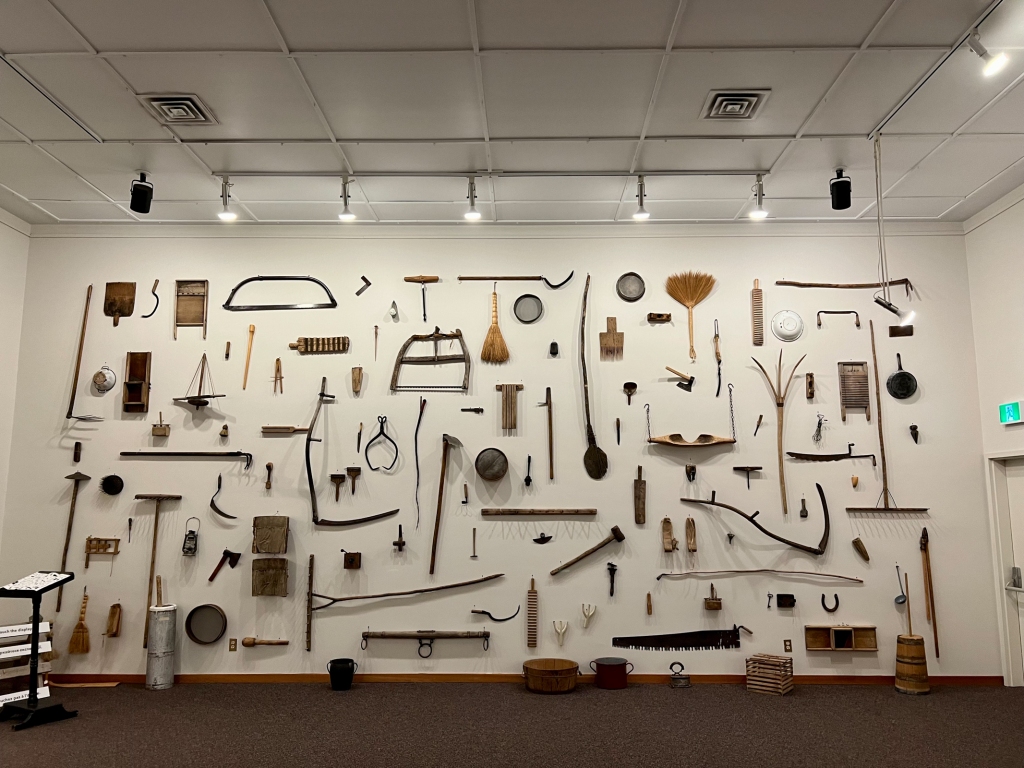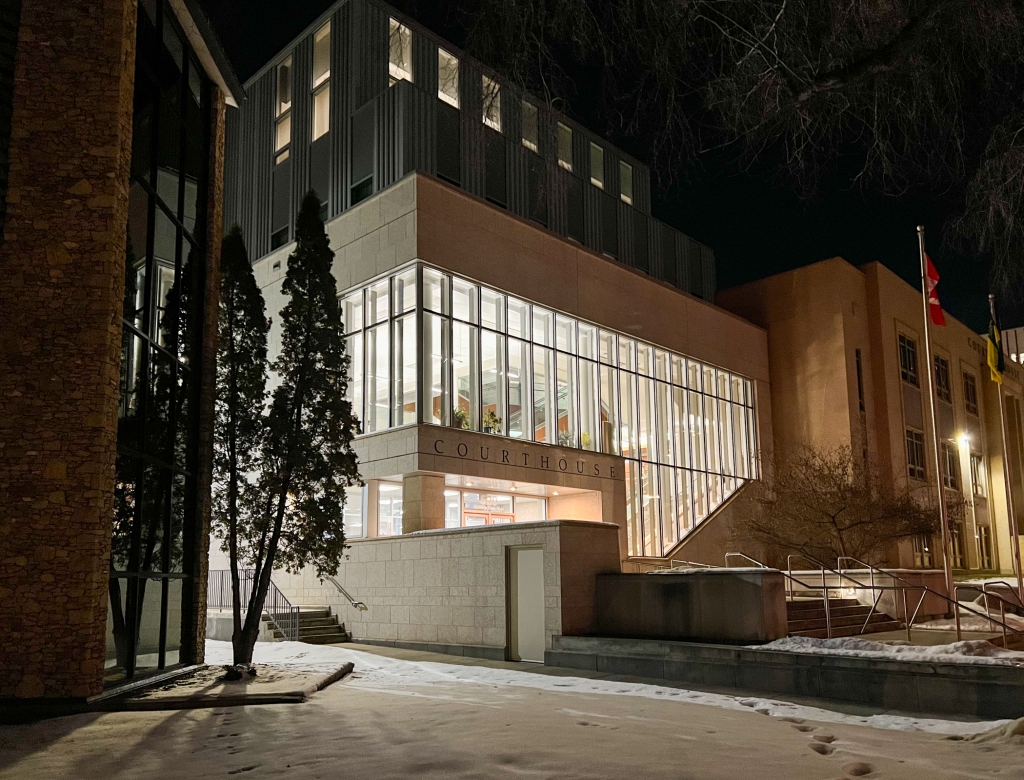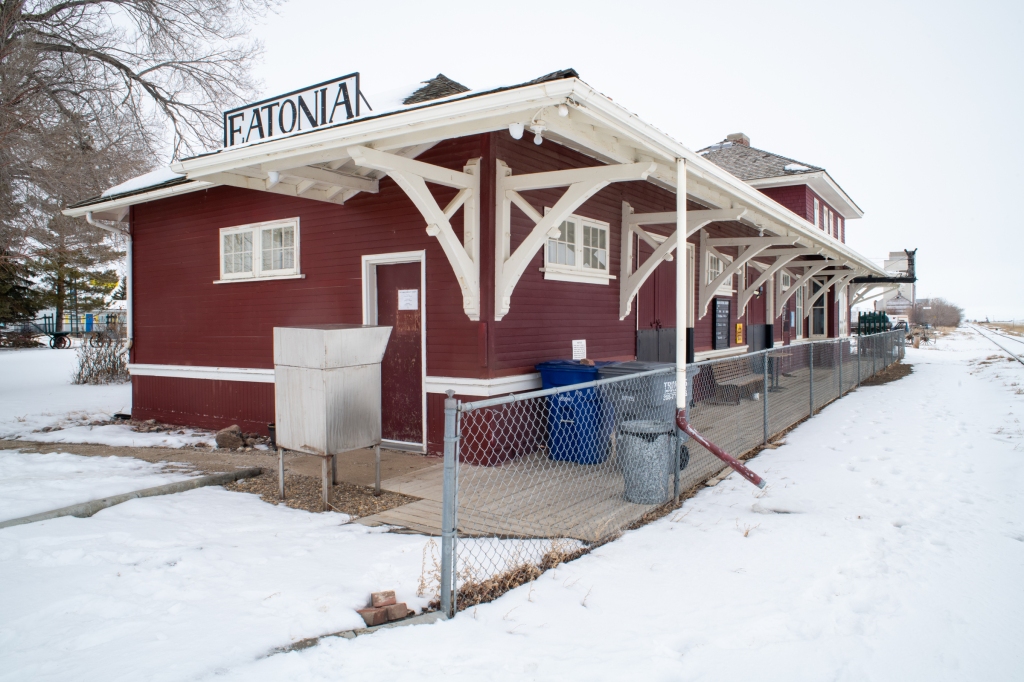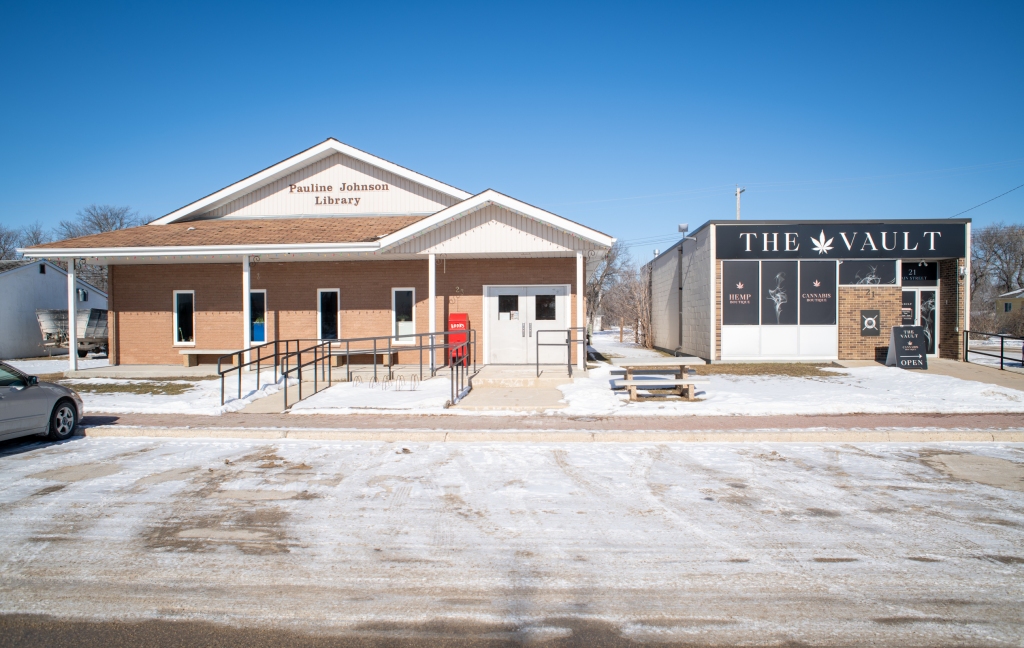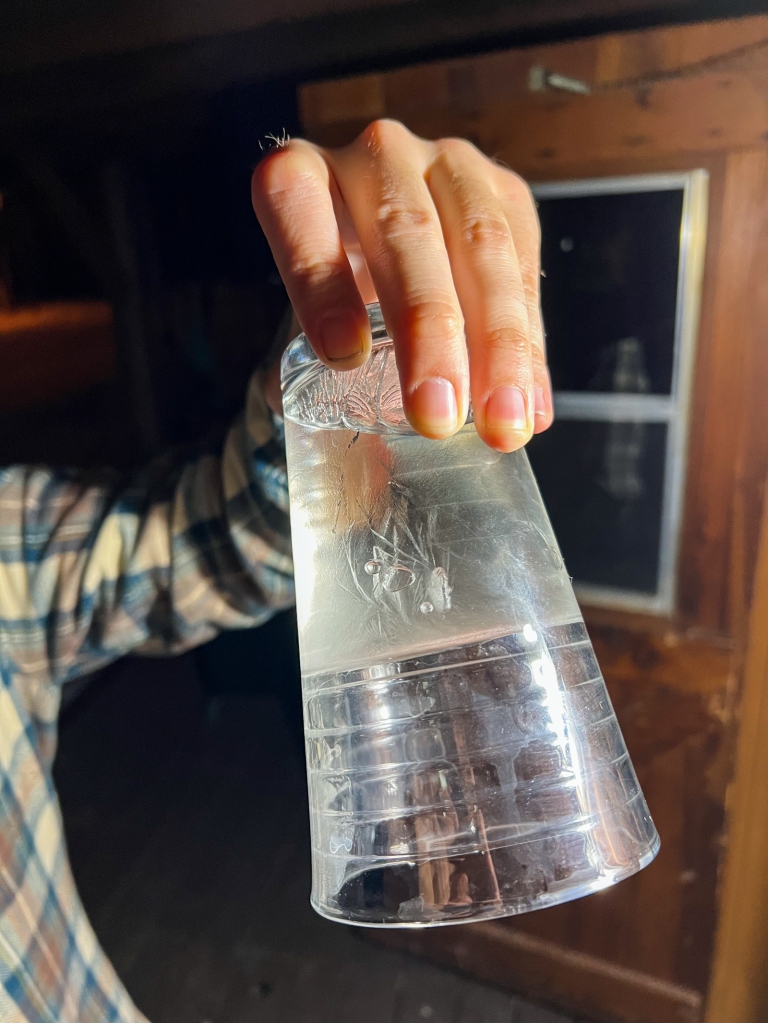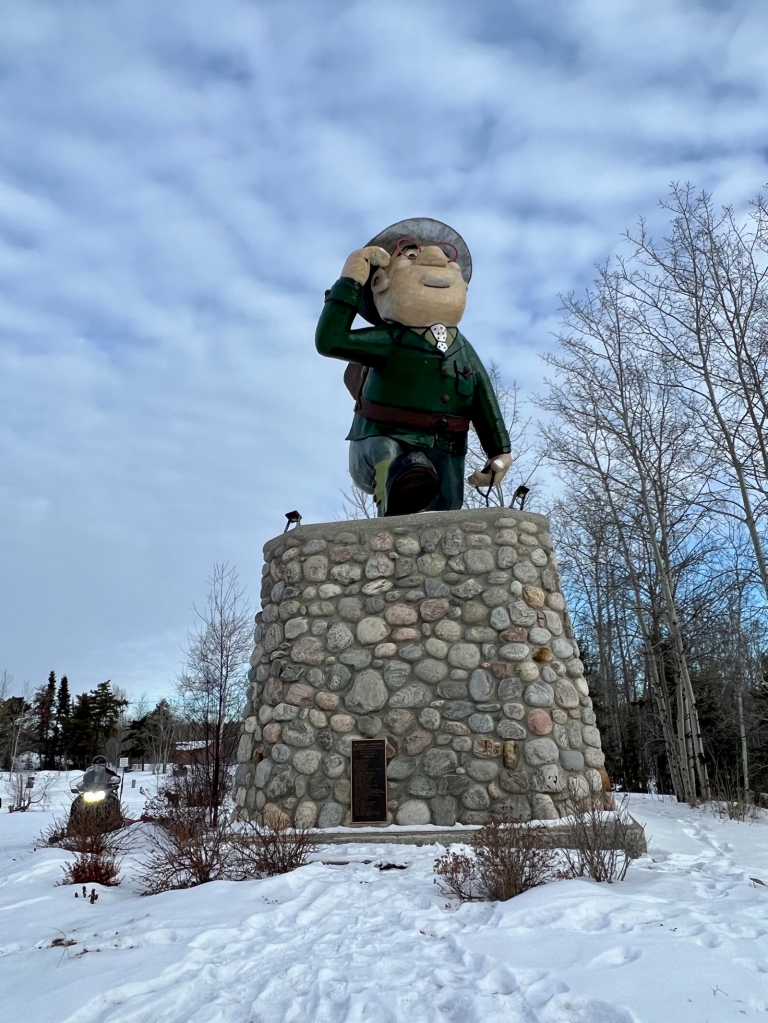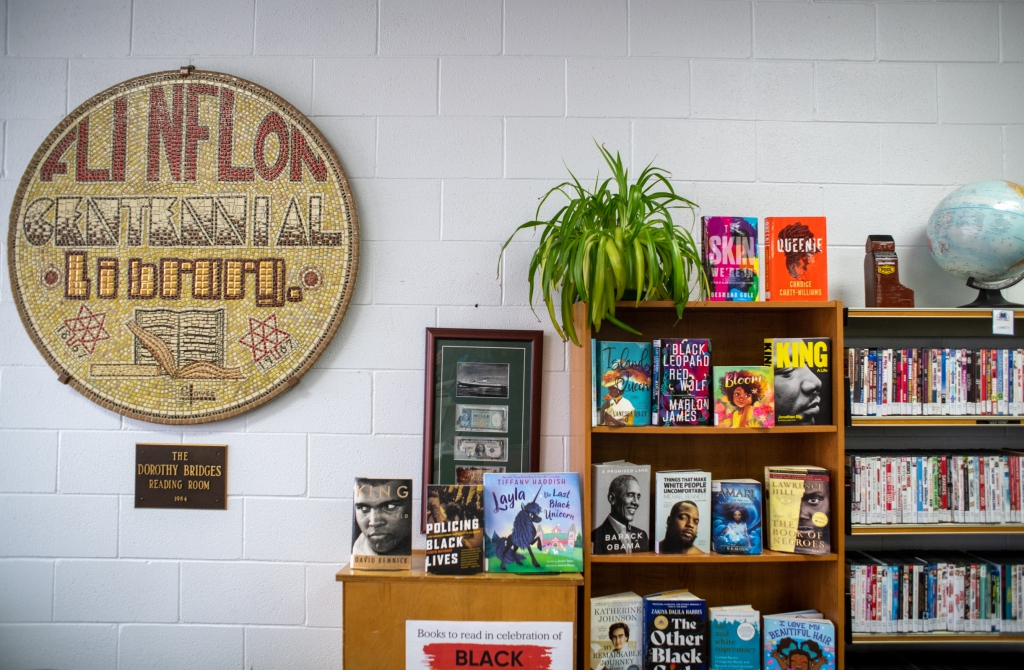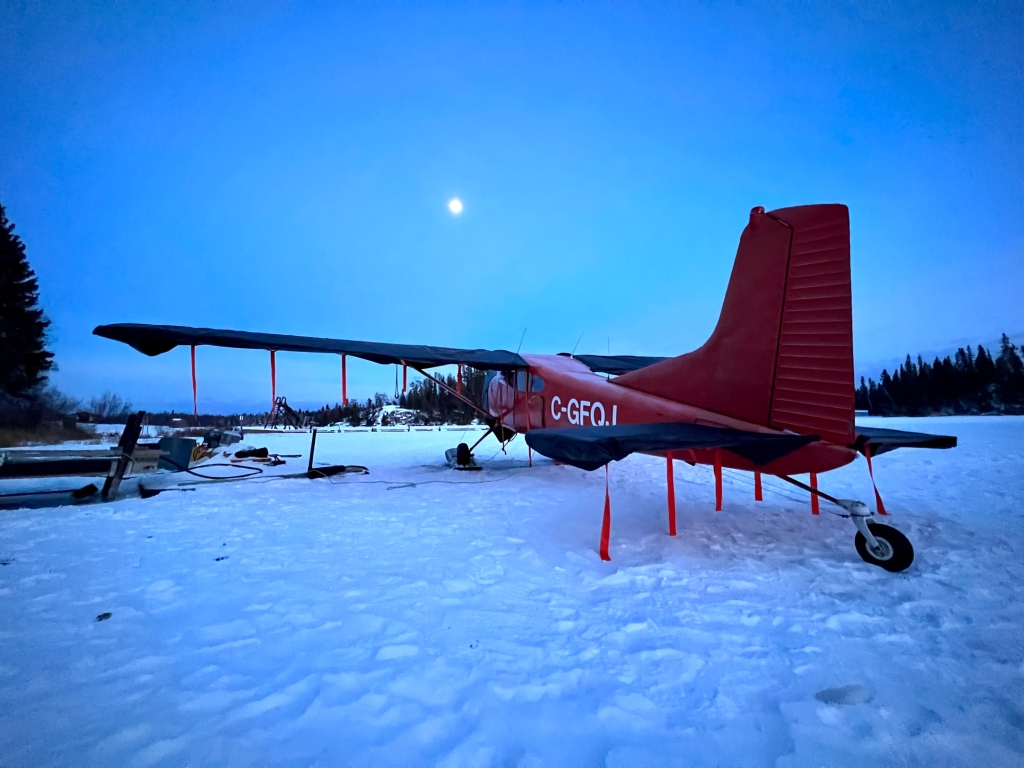As we were leaving our hotel in Saskatoon, the waitress told us to be careful of the coming Alberta Clipper. I had no idea what it was, but it sounded scary. When I looked it up it was defined as a major weather event that is also sometimes called the Saskatchewan Screamer, the Manitoba Mauler or even the Ontario Scario-o. The storms sweep in at high speed with biting winds, usually bringing with them sharp cold fronts and drastically lower temperatures. It is common for an Albert Clipper to cause temperature to drop by 30 degrees F in as little as 8 hours. With wind chill, it can get down to -20 to -50 degrees F.
With that as our motivation, we didn’t stop much as we drove southwest from Saskatchewan to Alberta. One of the few places that we did stop was Medicine Hat, AB. One of Walker’s bosses who works in New York City grew up here, where his mom still lives. With the Alberta Clipper barreling down on us, we vowed we would spend only a few minutes visiting her. But she turned out to be one of the most engaging people I have ever met. Despite her age, she was very young at heart. Walker and I spent far more time than we planned visiting this delightful woman of Medicine Hat.
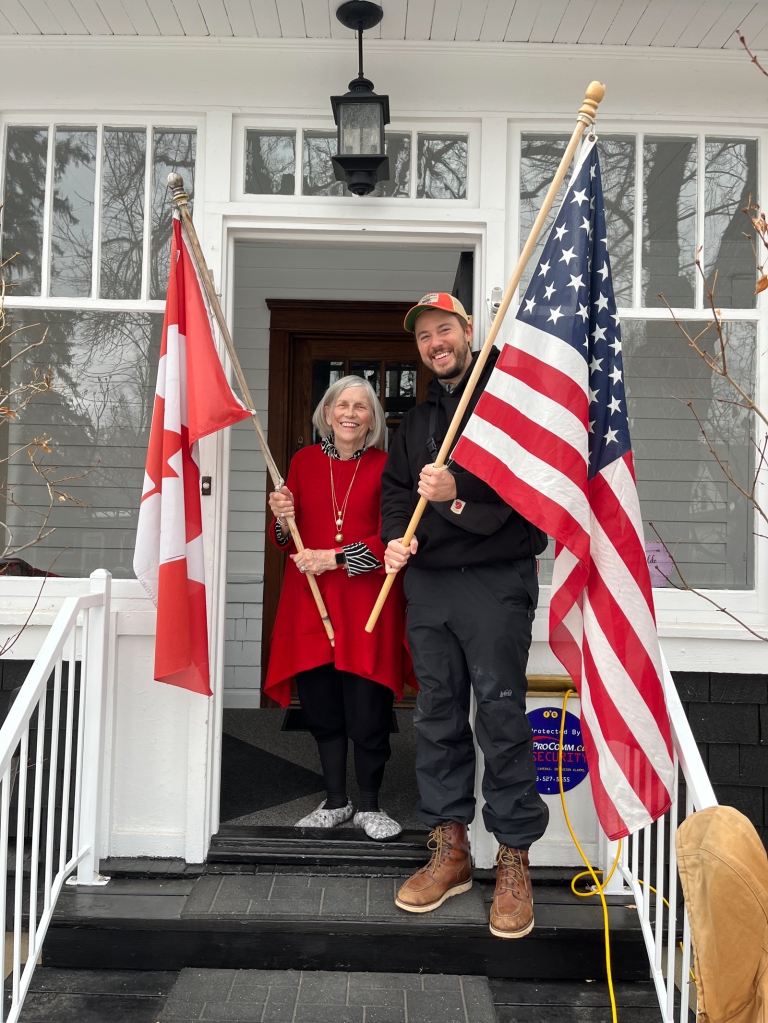
Because of the Clipper, we sadly drove by several libraries in Alberta that I had hoped to photograph. Racing south we crossed the border at the beautifully named town of Sweet Grass, MT. From here Interstate 15 extends all the way south to Mexico.
Walker was still working on the feral pig story, and we stopped to interview a rancher who was dealing with them on the American side of the border. As we drove with her at sunset, our SUV bounced over snowy open fields and windswept hills to the border fence itself. Here I was astonished to see how the border was simply a stand of barbed wire and a stone obelisk marker. I thought how militarized the border had become with Mexico and felt that we were standing in a world apart in Sweet Grass, MT. The rancher had to maintain her fence with Canada, and she was jokingly proud of defending America against the invasion of feral pigs.



In the short time we spent with her, I couldn’t form more than surface impressions of her life on a ranch at the edge of the country in northern Montana. What I did see was that the ranch was beautiful, the Big Sky was awesome, and her life seemed admirable. My mother’s family were pioneering ranching people in the Deer Lodge Valley of Montana, and I have always held a fascination and respect for this part of the world and this difficult but often satisfying rural way of life. Many of my photo projects have explored rural issues and people, especially in the American West. I worry when I read stories on some country people who seem susceptible to conspiracy thinking and MAGA madness. I think it is important for us in our liberal urban bubbles to find ways meet, talk with, and understand this important part of American life. It is one reason why I am here. A recent NY Times article on the importance of keeping connected to rural America stated, “Rural people working together to save their hospitals, build a nursing home or establish a mobile food pantry are the antidote to the violent polarization that everyone is worried about.” Spending time on this trip mostly in rural parts of Canada and the US was like breath of very cold fresh air. Sharp, sometimes painful, but ultimately exhilarating.
Another takeaway from this trip was gaining a new appreciation for journalism. I was able to watch our son Walker filming in all kinds of situations and interviewing all kinds of people. The stories that we read and see on the news don’t just happen, but often involve an enormous amount of hard work and insight by people like Walker. Journalism right now is going through many problems, but it is also essential to our democracy and our country. It was reassuring for me to see how a story is developed over time into an idea that, perhaps, can make a positive difference in the world.




Walker ended his work by filming in Helena, Montana’s state capitol. He finished by interviewing the State Veterinarian about feral pigs. She thought that this breed could be a problem in the US, and they should stay in Canada.



After a drive south to Bozeman for food and a very short night of sleep, I checked my phone for the weather and discovered that where we had been in Canada was getting slammed by the Alberta Clipper. We made it out in the nick of time.


As I flew west to the beautiful weather of San Francisco, Walker continued south for his next four assignments in the hot and humid Amazonian jungle of Peru. We will miss him until her gets back. I sure hope he can take a long rest soon!





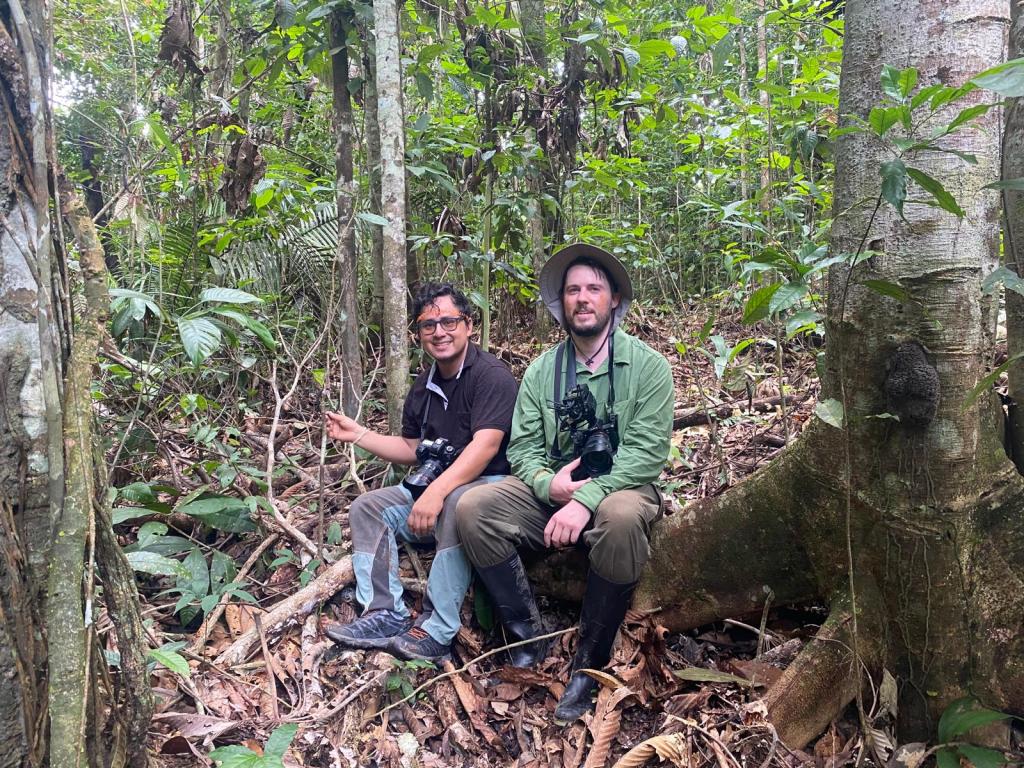
Thanks for coming along on the road trip. I will let you know about the next one!



